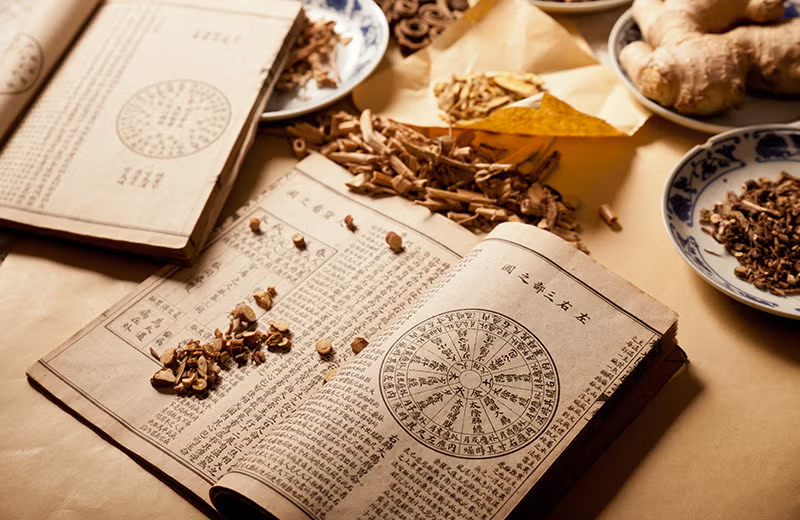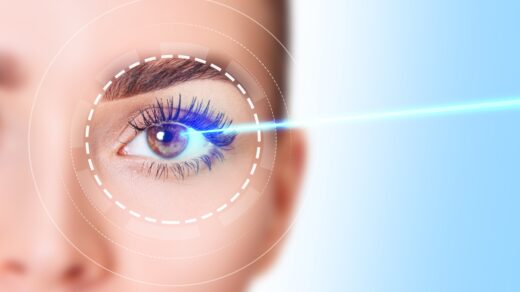When we talk about medicine, we often think of labs, white coats, and chemical drugs. But in the East, there’s a medical system that has lasted for thousands of years—Traditional Chinese Medicine (TCM). It’s not just a way to treat illnesses; it’s a complete philosophy of life and health. Even in today’s fast-paced world of technology, TCM still holds unique appeal, offering another health option to more and more people around the globe.

I. Core Philosophy: Balance and Harmony
Unlike modern medicine, which often focuses on specific symptoms or lesions, TCM centers on the “holistic concept.” It sees the human body as an organic whole, closely connected to the natural environment. Health, in TCM theory, is a state of dynamic balance—both within the body itself and between the body and the outside world.
This theory is built on several key concepts:
- Qi: Often understood as the body’s life energy or vital force. It flows through channels called “meridians” to support all physical functions.
- Yin and Yang: Two opposing yet interdependent forces in the universe. For the human body, health means a balance between Yin (the cool, calm, and nourishing aspects) and Yang (the warm, active, and energizing aspects).
- Five Elements: Wood, Fire, Earth, Metal, and Water. TCM links different organs and body functions to these elements. It uses the “generating” and “controlling” relationships between the elements to explain how the body works and why illnesses occur.
According to TCM, diseases happen when internal or external factors disrupt this balance—blocking the flow of Qi or throwing Yin and Yang out of harmony.
II. Unique Diagnosis and Treatment Methods
TCM diagnosis doesn’t rely on complex machines. Instead, doctors use four main methods—“Looking, Listening, Asking, and Feeling” (known as the Four Examinations)—to gather information about a patient’s health. The most well-known of these is “Feeling,” or pulse diagnosis: doctors feel the pulse at the wrist to detect subtle changes that reveal internal imbalances.
TCM treatments are diverse, and their goal is always to restore the body’s balance (not just ease symptoms). The most common methods include:
- Herbal Medicine: The cornerstone of TCM. Doctors create personalized formulas using a mix of plants, minerals, or animal-based ingredients. These formulas work together to correct the body’s underlying imbalances.
- Acupuncture: Perhaps the most famous TCM therapy. Thin metal needles are inserted into specific “acupoints” on the body to unblock Qi flow, regulate energy, and treat pain or illnesses.
- Tui Na: A hands-on therapy that uses pressing, kneading, and stretching techniques. It relaxes muscles, eases joint stiffness, and boosts Qi and blood circulation.
- Cupping and Gua Sha: These use physical stimulation on the skin. Cupping involves placing suction cups on the body to draw blood to the surface; Gua Sha uses a smooth tool to scrape the skin gently. Both aim to clear “wind” and “cold” (TCM concepts for discomfort) and improve blood flow.
III. Modern Relevance: A Valuable Complement
As people’s approach to health shifts toward prevention, TCM’s idea of “treating before illness occurs” (preventive health) is gaining more attention. TCM emphasizes maintaining health through diet, regular routine,emotional balance, and gentle conditioning—a term meaning “regulation” or “nurturing” the body—to stop illnesses before they start.
Of course, we need to view TCM with a scientific mindset. For acute issues like infections or injuries, modern medicine is often more direct and effective. But TCM shines in managing chronic conditions, functional disorders (like fatigue or digestive issues), and improving sub-health states (the “in-between” phase where you feel unwell but have no clear diagnosis).
Conclusion
Traditional Chinese Medicine is an ancient wisdom that offers a softer, more holistic view of health. It doesn’t aim to replace modern medicine; instead, it can be a key part of your health toolkit. When facing health challenges, combining TCM’s gentle, whole-body care with modern medicine’s precise, targeted treatments—with an open and practical attitude—is perhaps the most responsible way to care for your well-being.



